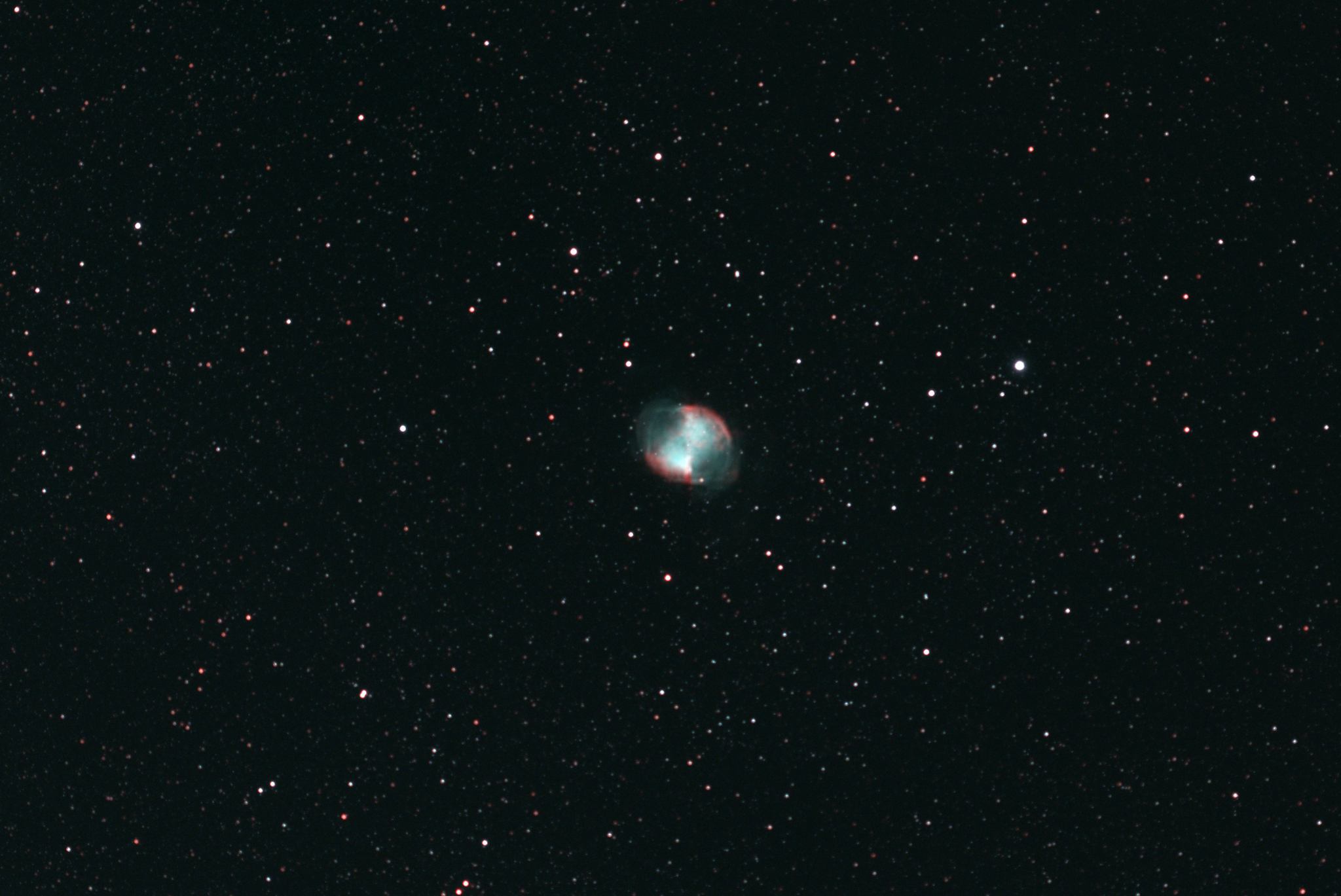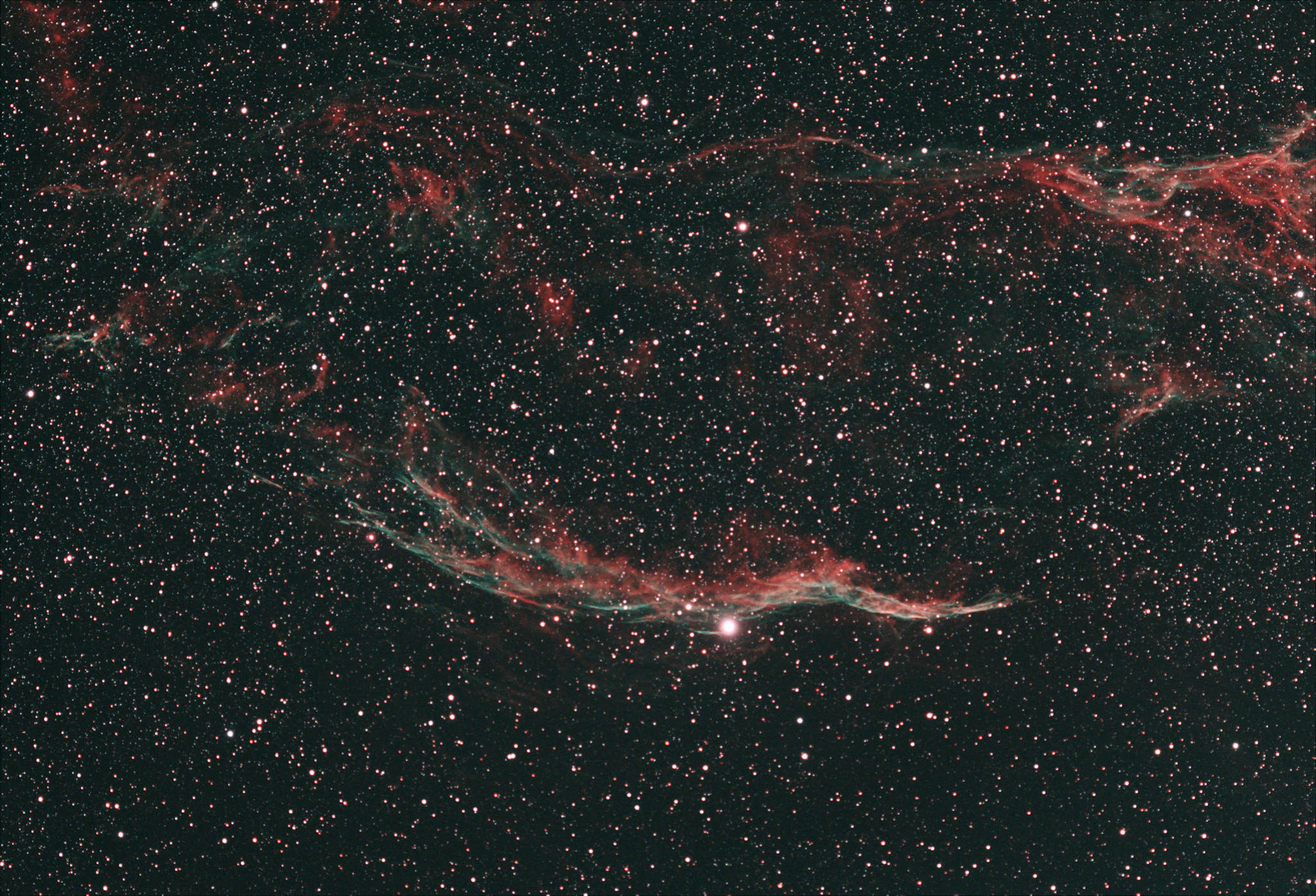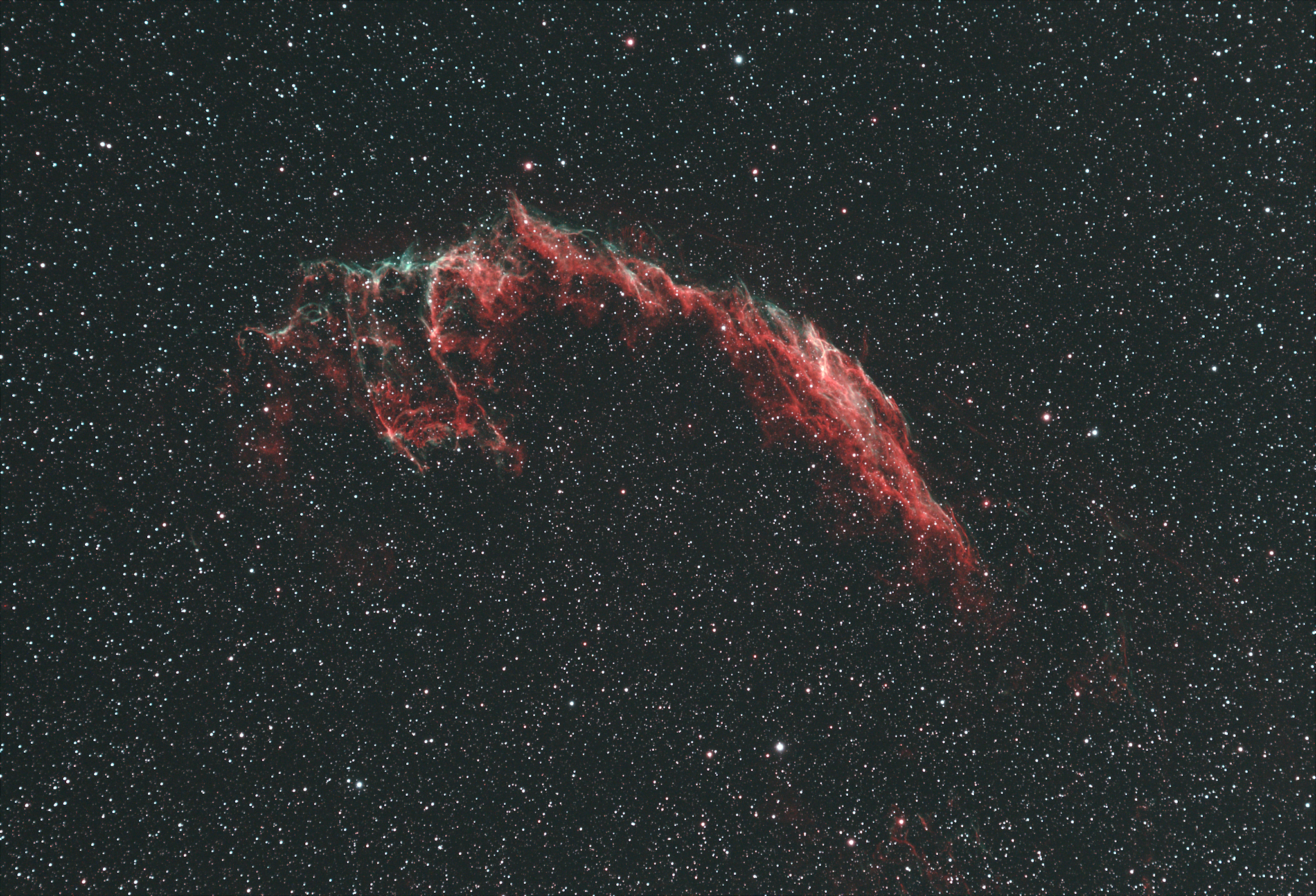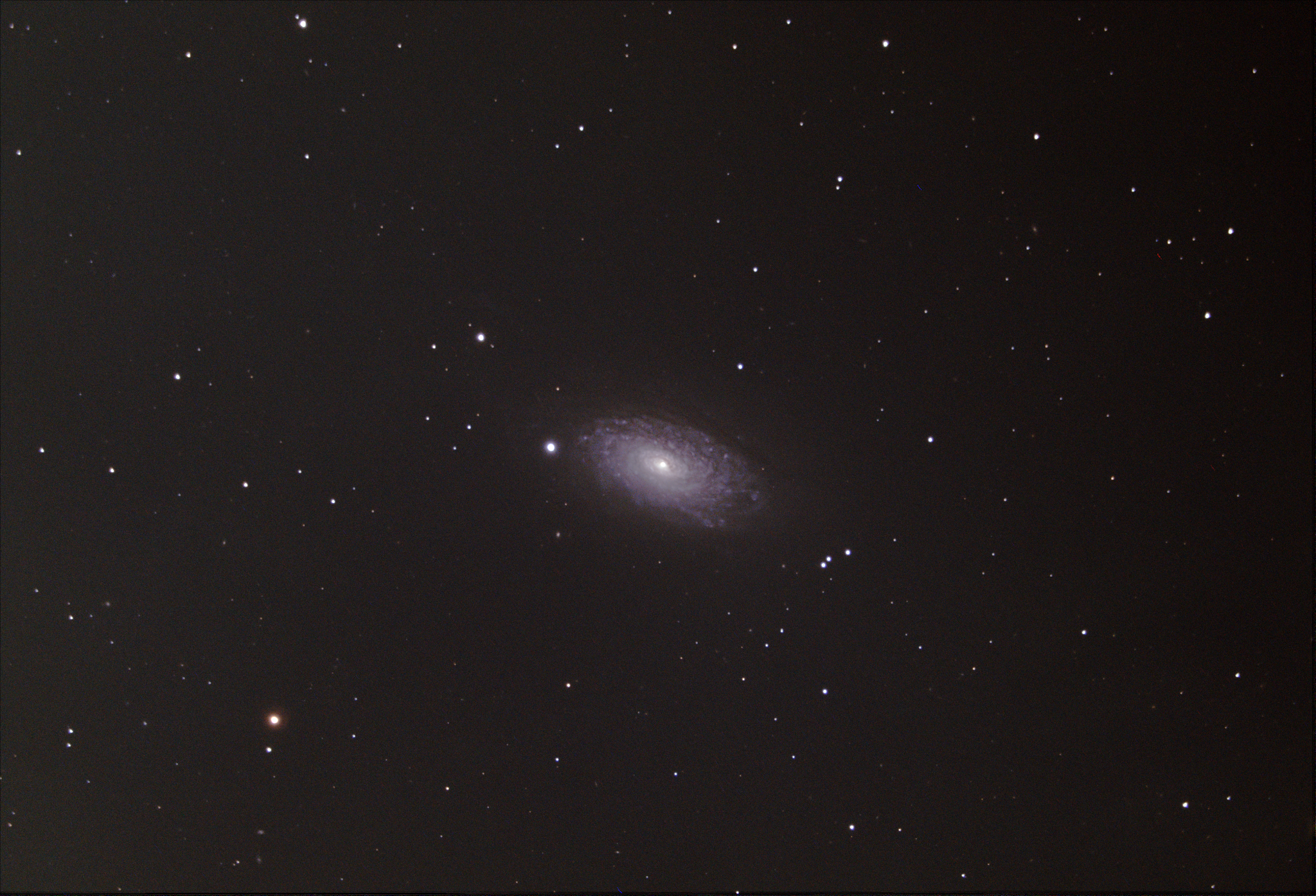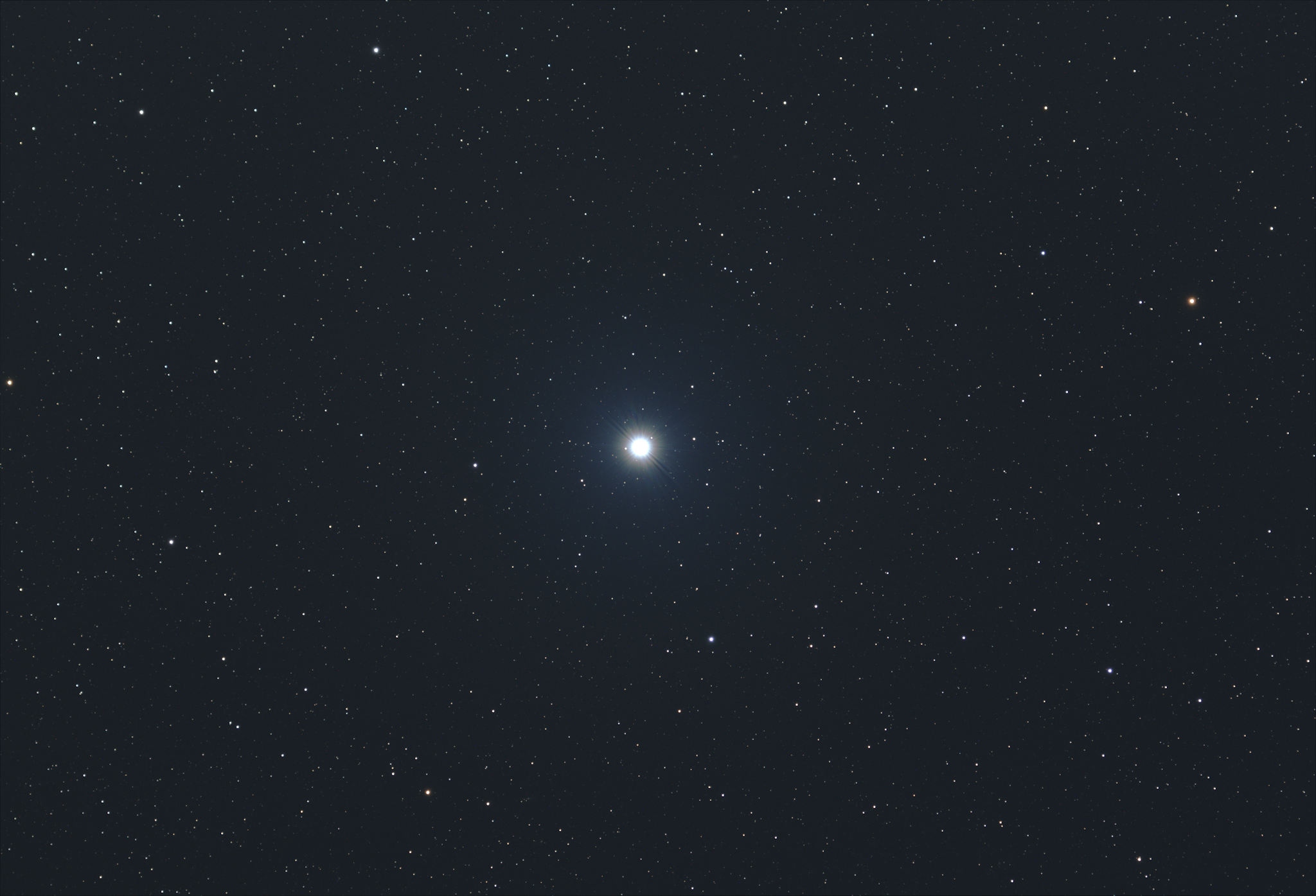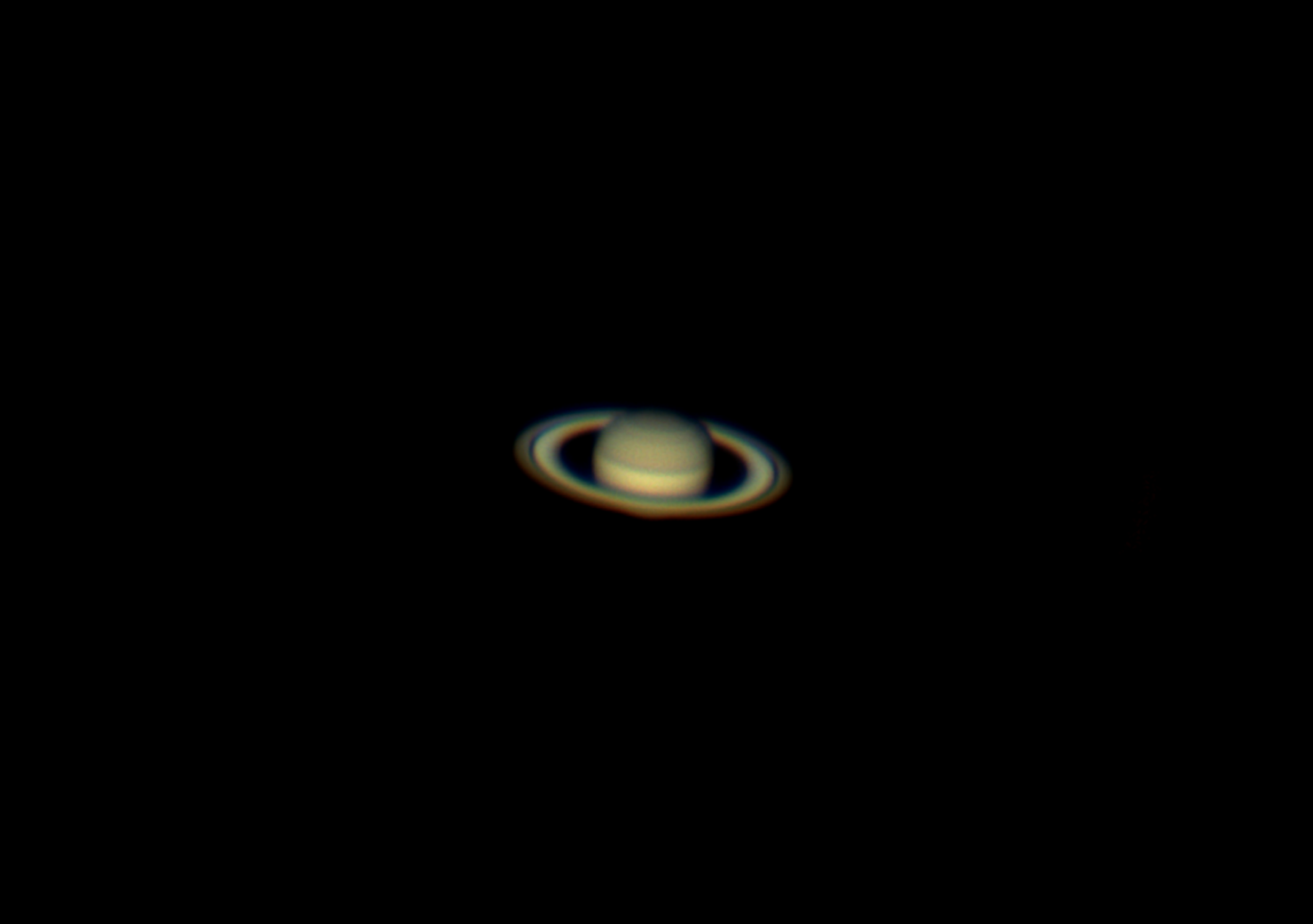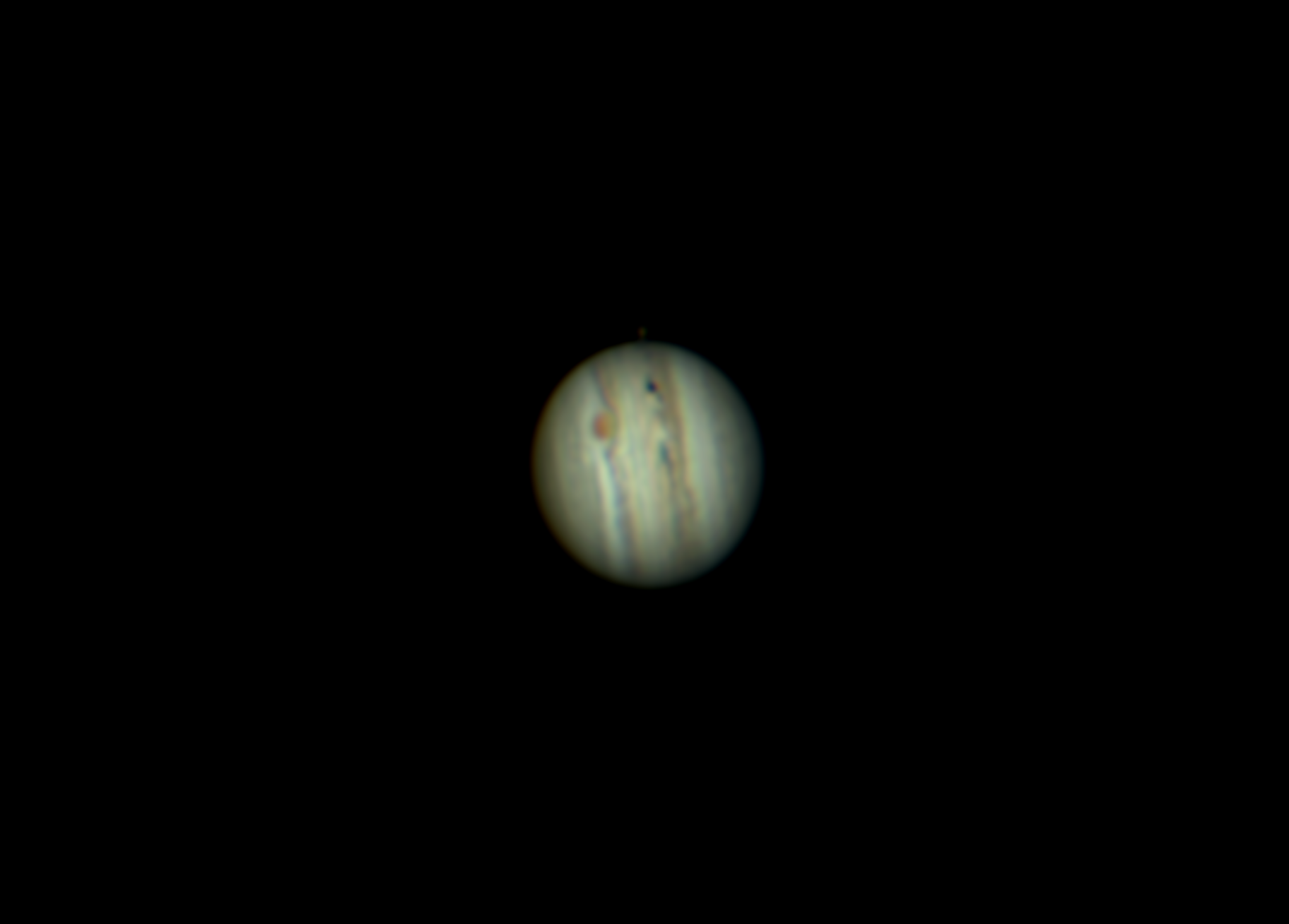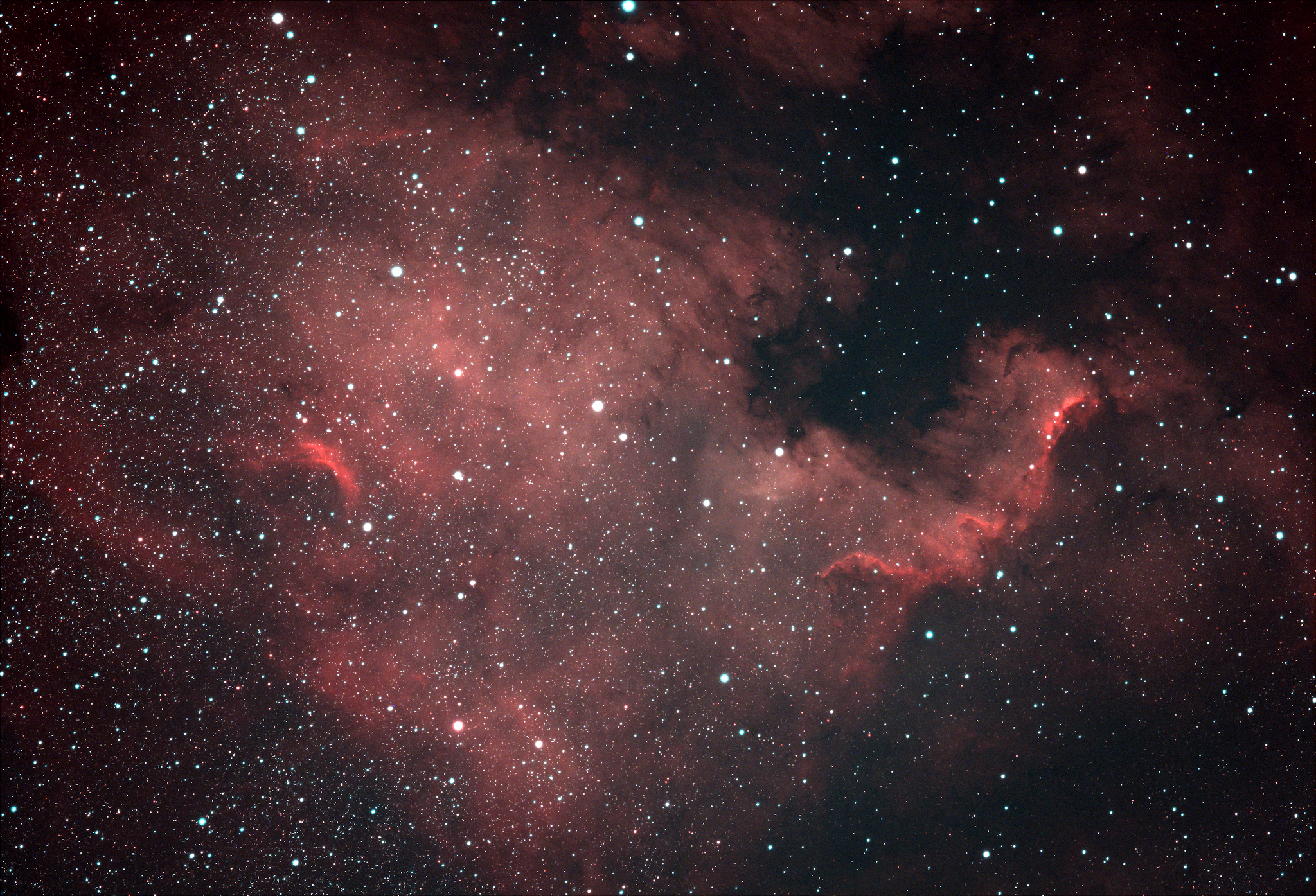The Moon

NASA made a big announcement today, that they have confirmed the existence of water on the surface of the Moon. This was confirmed using SOFIA , or the Stratospheric Observatory for Infrared Astronomy. SOFIA is literally a telescope that rides in a plane that flies the very upper part of Earth's atmosphere while recording data. Nobody is claiming that there are any lakes or streams of water, but instead that the water is possibly trapped by glass. When micrometeorites end up striking the moon's surface, it is common that the impact turns some of the lunar material into glass. It is being proposed that the water may be trapped under (or in) this glass, which could be why the water has not sublimated (turning from ice to gas) when the sun's rays are cast on the moon. (This is by no means the only explanation and could turn out to be wrong). It may not sound like a huge breakthrough, but this really is an excellent clue that helps to better understand the formation of the Eart...
